Integrated Mobility Sciences Newsletter—Winter 2020
This quarterly newsletter highlights recent projects, partnerships, and publications related to NREL's energy-efficient mobility research. Subscribe to receive this newsletter via email.
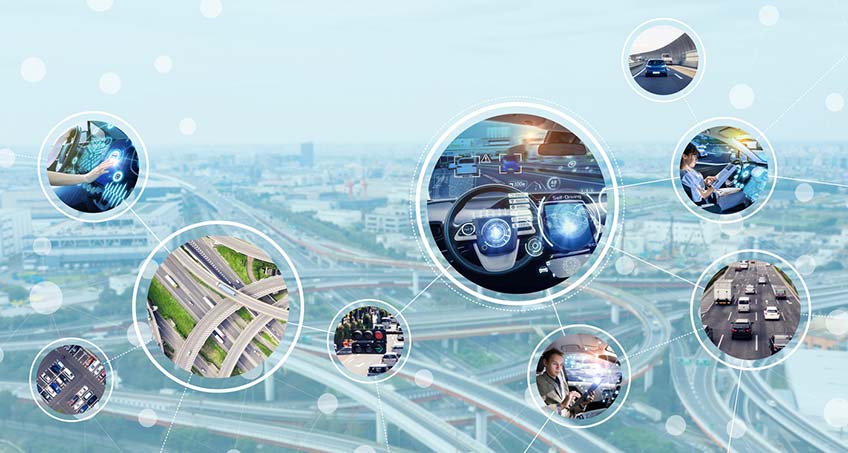
Constantly Changing, Ever Evolving: NREL's Sustainable Mobility Research
Welcome to the first edition of the Integrated Mobility Sciences Newsletter, formerly Transportation and Hydrogen News. Why the name change? As a Greek philosopher once said, "the only constant in life is change itself"—and nothing is truer in the research world. Because research is always changing, it makes sense that the way we explore it should follow suit.
Likewise, NREL's transportation research has evolved through the years beyond vehicles, components, and related fueling infrastructure to encompass an inclusive systems-level focus. As a nod to this shift, our new name better communicates this determination to understanding the science and engineering needed to efficiently and sustainably move people and goods in a highly integrated system. While our name has changed, our dedication to create more efficient, affordable, and environmentally friendly mobility options for the masses remains steadfast as ever. Take a moment to explore what we're working on today, or join us to power what's next.
Drive on,
Chris Gearhart
Director, NREL's Center for Integrated Mobility Sciences
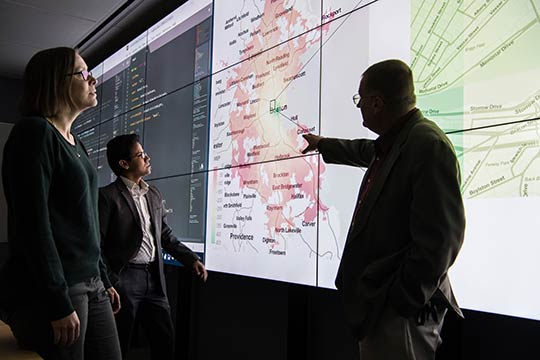
A Metric with Momentum
How do you get where you're going? You can drive, bike, or take public transit, but how much time and money will it take—could you be more efficient? Cities have walk scores, transit scores, even bike scores, but it's tough to get the whole story. That's why NREL developed the Mobility Energy Productivity metric. The innovative metric provides a holistic measurement, allowing researchers to quantify how choices affect everything from traffic to air quality. Learn more via this NREL news article.
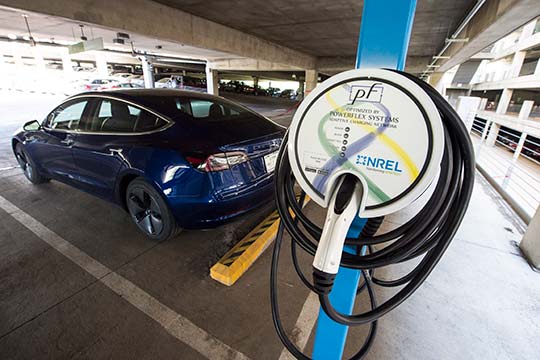
Electric Vehicle Charging Technology Has Potential to Help the Grid
The adaptive charging network at NREL's parking garage features more than 100 Level 2 electric vehicle (EV) chargers managed by researchers developing charge-control strategies to minimize peak electrical loads on campus. The smart EV-charging system dynamically adapts to changing electrical demands and conditions. Unlike traditional systems, which charge all connected vehicles at the same electrical current, NREL's innovative system shares the load. It uses an algorithm that adjusts the speed of charge based on several factors—the number of EVs plugged in at any given time, other energy demands on the system, and available power from different energy sources such as photovoltaics. Learn more about NREL's EV grid integration efforts.

Researchers Assess the Energy Equivalence of Safety at Intersections
More than 40% of all car crashes occur at intersections. Emerging technologies, such as connected and automated vehicles and enhanced spatial sensing at intersections, can help prevent collisions while promoting efficient traffic flow. NREL researchers developed a framework for estimating the energy equivalence of safety at intersections—encompassing the direct consequences of crashes, such as congestion, vehicle loss, and personal injury, as well as the indirect impacts, such as long-term loss of human productivity and human capital. Initial results point to the tremendous potential energy value of collision-avoidance technologies.

Athena: Guiding Mobility Transformations at a Major Texas Airport and Beyond
The Athena project aims to improve the efficiency of transportation hubs like Dallas-Fort Worth International Airport, with replicable results other ports can use. A new Athena project video shows how NREL researchers and their Athena partners are using high-performance computing to simulate the impacts of emerging mobility technologies—such as autonomous vehicles, electric cars, and rideshare apps—to help improve port operations, efficiently transport passengers and goods, and meet sustainability goals. To learn more, visit the Athena website.
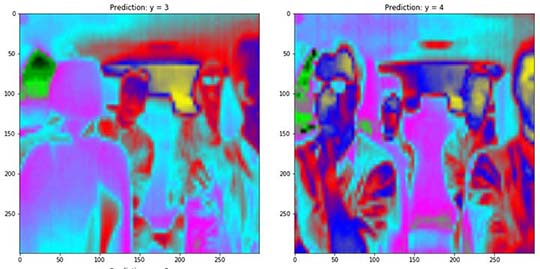
HeadCount: Filling a Transportation Information Gap
Without adequate data, transportation planners cannot effectively plan for growth in their cities or regions. While transportation data on rides, vehicles, and routes are available, NREL researchers identified a critical data gap pertaining to how many people take each Uber or Lyft ride. To address this gap, they developed a prototype infrared sensor as part of the Energy I-Corps program. The HeadCount dashboard sensor automatically tallies ridership based on heat signatures. The number of people in each ride is an important question for planners in car-choked cities striving to reduce the number of cars on the road as well as the associated impacts. Read the NREL news article.
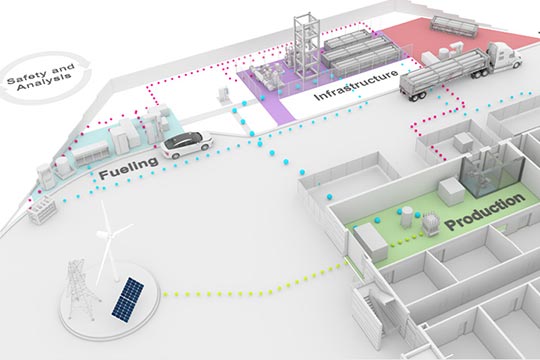
World-Class Facility Serves as Proving Ground for New Hydrogen Infrastructure Technologies
Hydrogen stations and vehicles are available today in select locations, but scaling up hydrogen infrastructure still presents technical challenges. NREL's Hydrogen Infrastructure Testing and Research Facility (HITRF) is a proving ground for new technologies across the full spectrum of components, systems, and controls. It integrates hydrogen production, compression, storage, and dispensing into a unified system for fueling fuel cell electric vehicles and tracking hydrogen infrastructure performance. To see how hydrogen flows through the integrated components and learn more about related capabilities and projects, view our new HITRF animation and HITRF video.

Winning Awards and Representing Women in STEM
NREL is proud to recognize Teresa Alleman, an award-winning, standard-setting senior fuels chemist. This year the National Biodiesel Board named her Researcher of the Year (for the second time) for her outstanding impact on biodiesel research, citing her work compiling biodiesel quality-assurance data, featured on the BQ-9000® Quality Management Program website, for producers and marketers as a significant win for the industry. In December, she was also recognized by ASTM Committee D02 with an award of appreciation recognizing her years of outstanding service and active participation. This follows ASTM International inviting her to discuss the importance of diversity in standards development in its Women in Standards video.
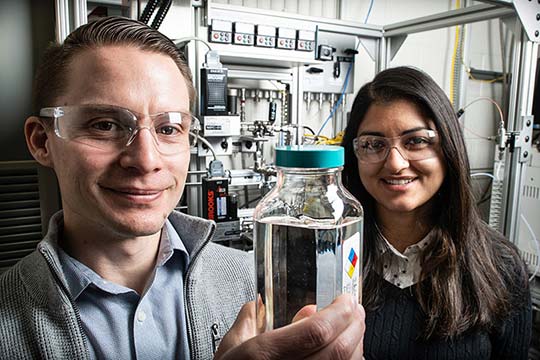
Derek Vardon and Nabila Huq display a container of high-performance ether diesel bioblendstock manufactured at NREL.
Co-Optima Researchers Uncover Promising Bioblendstock for Diesel
NREL researchers are working with a novel oxygenate molecule with potential as a cost-effective diesel fuel blend that could improve ignition quality, reduce sooting, and boost fuel economy. While further research is needed, including in-engine testing and integrated production directly from biomass, findings in their paper in the Proceedings of the National Academy of Sciences align with the U.S. Department of Energy's Co-Optimization of Fuels & Engines (Co-Optima) initiative goals of improving fuel economy and reducing emissions. Learn more in an NREL news story.
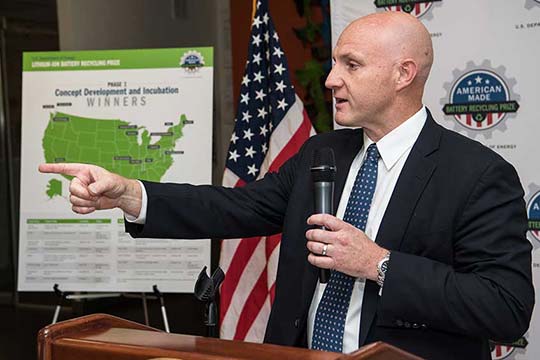
Fifteen Phase I Winners of Lithium-Ion Battery Prize Announced
Daniel Simmons, assistant secretary for the Office of Energy Efficiency and Renewable Energy, announced the 15 Phase I winners of the Department of Energy's Lithium-Ion Battery Recycling Prize during a recent visit to NREL. Each winning team received $67,000, for a total of $1 million awarded. Dozens of innovators from around the nation submitted their ideas for the multi-phased competition, which aims to find end-to-end solutions to collect and recycle 90% of all discarded and spent lithium-ion batteries. As the Battery Recycling Prize administrator, NREL serves a crucial role in supporting its execution and implementation.
Get to Know Our Team: Stanley Young
Dr. Stanley Young, an advanced transportation and urban scientist, joined NREL in 2015 to lead the lab's research on the impacts of new mobility systems, particularly in urban areas. He also serves as the U.S. Department of Energy (DOE) technologist-in-city for the Columbus Smart City program and leads the Urban Science pillar in DOE's Systems and Modeling for Accelerated Research in Transportation (SMART) Mobility research initiative. As pillar lead, he initiated the development of the Automated Mobility District toolkit to assess the mobility and energy impacts of automated electric shuttles and other district-scale automated mobility systems. He also provided guidance and vision for the development of the innovative Mobility Energy Productivity metric.
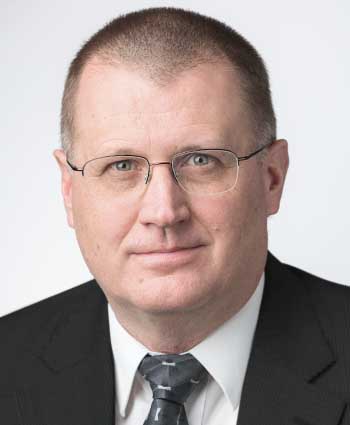
Must Reads
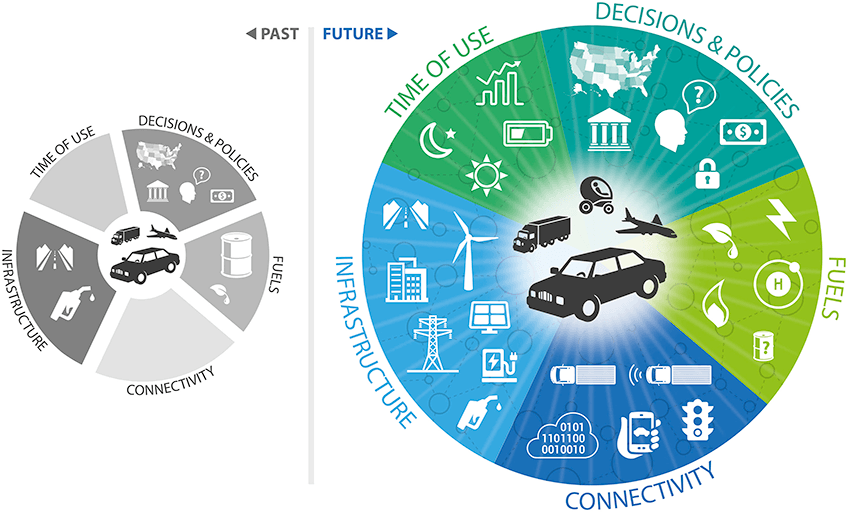
A network of direct current fast-charging stations across the United States could contribute to greater electric vehicle adoption, but there is limited understanding of the electricity costs for these applications. A recent Renewable and Sustainable Energy Reviews article details a study assessing the electricity costs for different station size and use scenarios based on more than 7,500 commercial and industrial electricity rates, and identifies opportunities to mitigate electricity cost.
Future mobility systems will be interconnected with buildings, the electric grid, renewables, and information systems, but current transportation models don't fully represent all these interactions. Another Renewable and Sustainable Energy Reviews article identifies four key dimensions that models should include for better understanding of future integrated mobility-energy systems.
Reducing the cost of hydrogen delivery and dispensing is a key component of efforts to improve the cost competitiveness of fuel cell electric vehicles. An economic analysis published in Transportation Research Part D finds that a high-pressure, scalable, intra-city hydrogen pipeline, or "HyLine," system could improve the economics and logistics of hydrogen delivery because it allows stations to dispense fuel without on-site compression and storage equipment.
Did You Know?
NREL's Kandler Smith was among the authors of two innovative patents—Model Predictive Control and Optimization for Battery Charging and Discharging (Patent No. US 10,298,026 B2) and Autonomous Battery Control and Optimization (Patent No. US 10,277,041 B2). Learn about NREL's energy storage research aimed at accelerating the development of high-performance, cost-effective, and safe energy storage systems to power the next generation of electric-drive vehicles.
In the News
The EasyMile automated electric vehicle in NREL's employee shuttle fleet recently drew the attention of local press—check out the CBS News segment and an article from The Denver Post.
A Bloomberg Environment article highlights a pilot program in New York that's using electric school buses for emissions-free transport while leveraging downtime by tapping into the bus batteries to power the grid during periods of peak demand.
A Utility Dive article touches on NREL research aimed at understanding the potential grid impacts of increased EV charging, and strategies and technologies for improving the resiliency of the grid and energy storage systems.
Share

